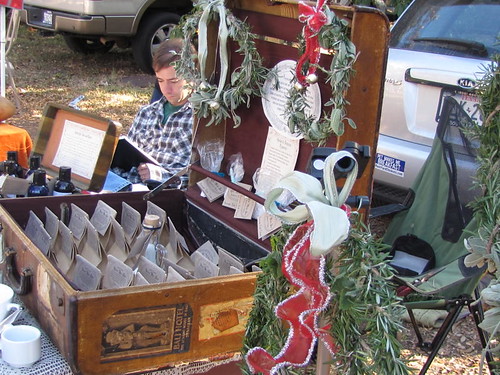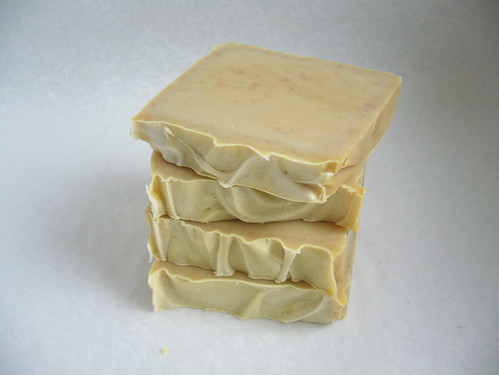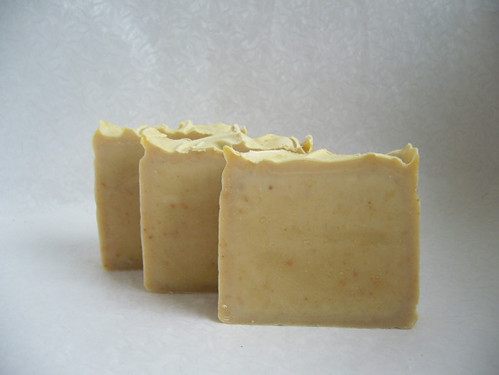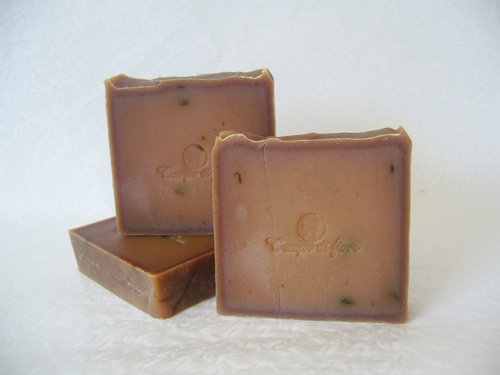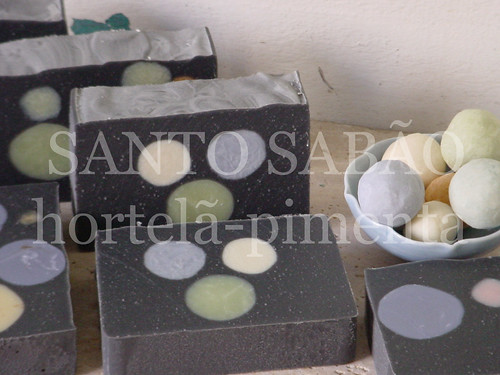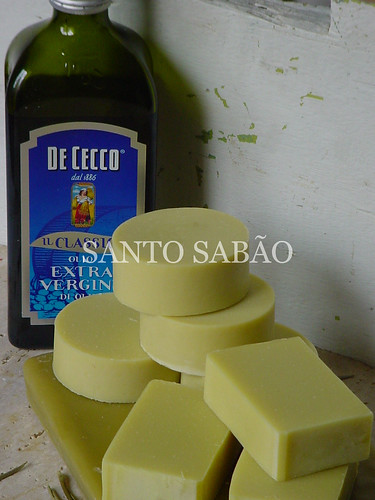Natural, Organic Body and Skincare
Shampoos, conditioners, shower gels, liquid soap, hand creams, facial cleansers and moisturiser, lip balms... we all have them in abundance in our homes and use them on a daily basis - but when's the last time you turned the bottle around and read the ingredients list? Even if you did, you probably wouldn't be any the wiser since many of these products consist of a concoction of chemicals, largely by-products of the petrochemical industry, heavily disguised under long complex names. Sadly, many of these chemicals do not have any beneficial effect on the skin and are included for other reasons - as an emulsifier, to bind ingredients together, to improve the texture or to give the product a longer shelf-life.
Whats more, some of these chemicals have been found to have potentially harmful effects on the human body and have been linked to skin irritations, adverse reactions in certain body organs and even cancer.
The problem by now is that so many commonly used skincare products contain these toxic ingredients - even some of those that claim to be 'natural', 'hypo-allergenic' or 'dermatologically-tested' - that it has become a minefield of misunderstanding for the average consumer.
So what is the answer? Firstly familiarise yourself with some of the nastiest chemical ingredients and make sure you don't buy anything containing these. Here are afew to get you started:
Sodium lauryl sulphate - a moderately toxic detergent which can cause skin irritation - found in most shampoos and toothpastes.
Parabens - including methy,propyl, butyl or ethyl - preservatives which are found in many products and can irritate skin, eyes and respiratory tract and are possibly carcinogenic.
Propylene/ butylene glycol - a petroleum-derived solvent linked with respiratory and throat irritation and central nervous system disorders, amongst others.
DEA- diethanolamine - acidity regulator e.g.DEA cocoamide - severely irritating to body tissues and eyes and possibly carcinogenic.
Bearing in mind that nobody really knows, as yet, what effect a daily bombardment by a concoction of these different chemicals may have on the human body over a prolonged period of time, it seems it would make sense to cut out or at least try to reduce your exposure to these toxic toiletries. Buying truly natural, organic products is the only way to ensure that what you are using is 100% safe and trustworthy and always check the ingredients labels. If you are reading such natural components as shea or cocoa butter, olive, sunflower or almond oil, beeswax, distilled flower waters and essential oils then you know you are on the right track! Remember that the purest, most natural products which are high in skin-feeding antioxidants and natural vitamins, often do not contain any preservatives and so will not be found on the shelves of your average shop, but there are plenty of on-line shops selling fresh products and at reasonable prices.

